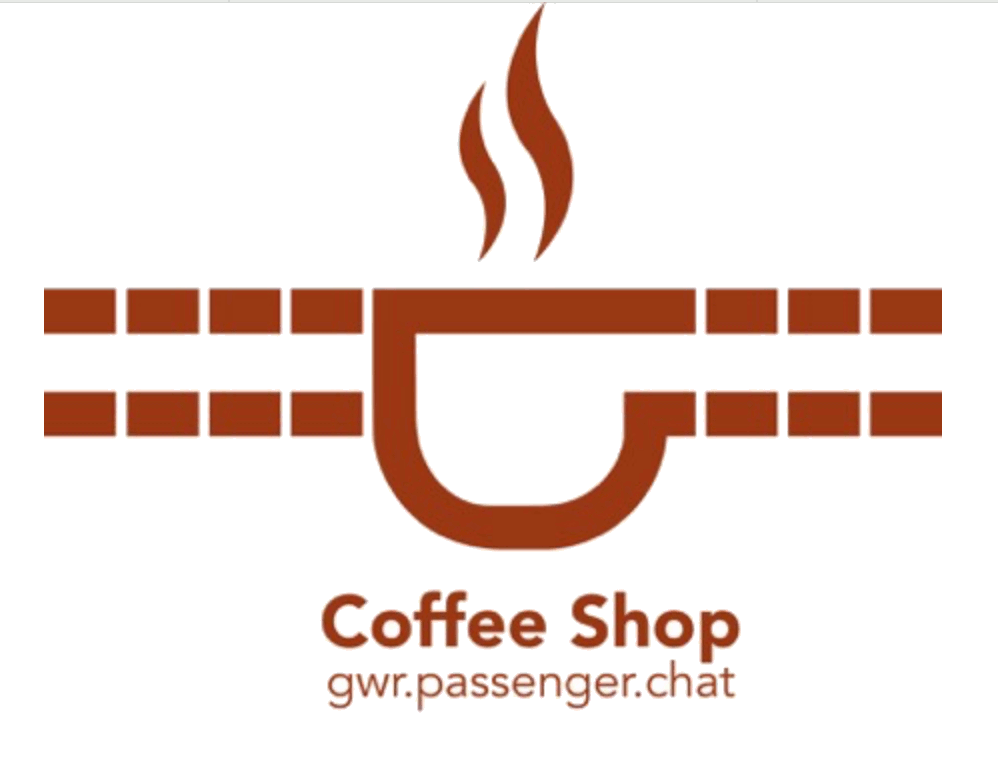|
19th Apr (1938) Foundation, Beatties of London (link) |
||||||||||
Train Running • Short Run Delayed Polls • Abbreviation page • Stn Comparator • Rail news • •
Site Style 1 2 3 4Next departures • Bristol Temple Meads • Bath Spa • Chippenham • Swindon • Didcot Parkway • Reading • London Paddington • Melksham Exeter St Davids • Taunton • Westbury • Trowbridge • Bristol Parkway • Cardiff Central • Oxford • Cheltenham Spa • Birmingham New Street | |||||||||||
April 19, 2025, 08:54:43

|
||||
|
||||
| News: the Great Western Coffee Shop ... keeping you up to date with travel around the South West |




